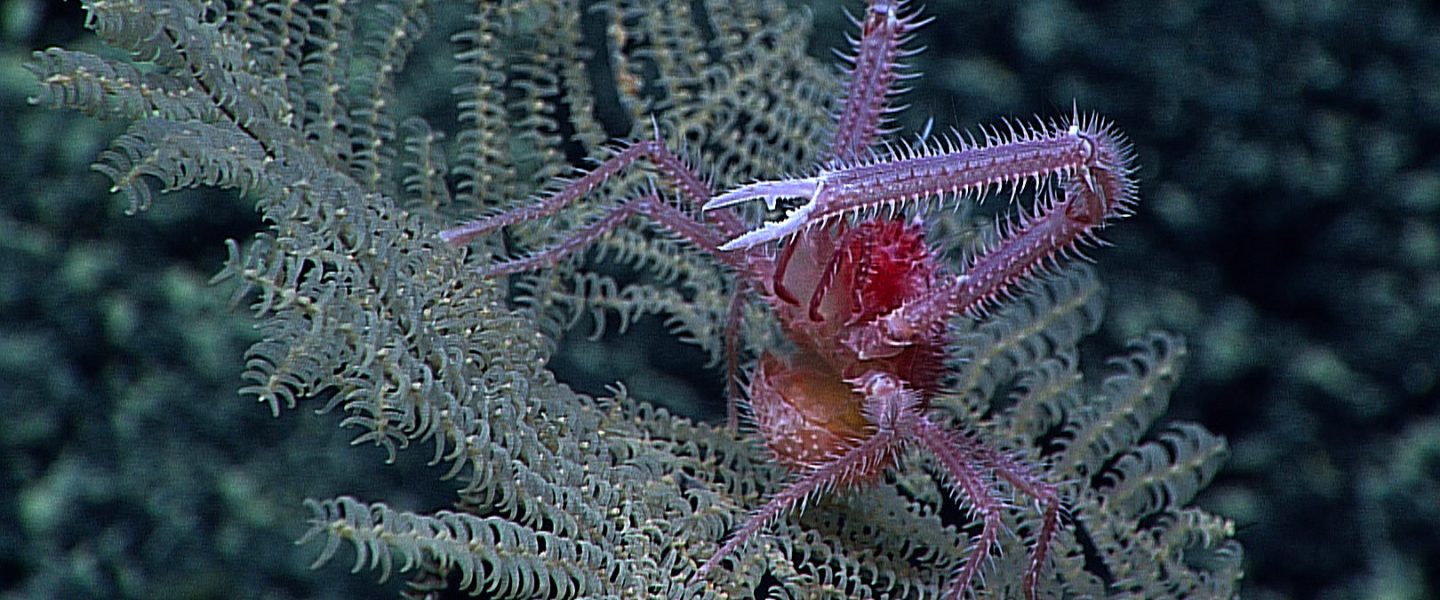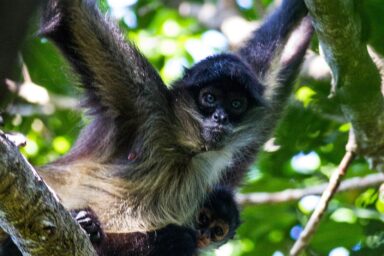PICKS are stories from many sources, selected by our editors or recommended by our readers because they are important, surprising, troubling, enlightening, inspiring, or amusing. They appear on our site and in our daily newsletter. Please send suggested articles, videos, podcasts, etc. to picks@whowhatwhy.org.
What Is the COP15 Biodiversity Summit, and Why Is It So Important? (Maria)
The author writes, “By now you’ve probably heard of COP26 — the shorthand name for the next major UN climate summit, rescheduled for November in Glasgow after being delayed a year by the coronavirus pandemic. But another big ‘Convention of the Parties’ (COP) starts a month earlier — one that is far less talked about but also critically important: COP15, the two-part UN biodiversity summit that will kick off in October online and finish next May in the southern Chinese city of Kunming.”
In Hardest Slam Since Katrina, New Orleans’s Levees Stand Firm (Russ)
The author writes, “The winds were fierce, the water seemed endless and the whole city went dark, but 16 years after a historic failure of New Orleans’s defenses against disaster, the levees held. When Hurricane Ida whipped through on Sunday night, America’s most vulnerable city, half of which sits below sea level, was not inundated. The $15 billion federal rebuild of the earthen walls that protect New Orleans from storm-swept surges of water is a one-shot, and despite ever-fiercer storms and changing weather patterns, its ambitious design has not been replicated in many of the nation’s stormiest regions. Although residents still face weeks or even months without lights and cooling, the extreme flooding that made Katrina so devastating in 2005 was avoided this time both because of the massive investment in defenses and because this storm was not as direct a hit as Katrina, according to government officials, independent engineers and environmental activists.”
Merrick Garland Is Failing His Biggest Test (DonkeyHotey)
From The American Prospect: “In the past week, the Supreme Court decided to embrace its most evil tendencies, first by stating that Biden could not end Trump’s horrendous ‘Remain in Mexico’ policy, then by clearing the way for millions to be evicted. It issued both these consequential rulings on the ‘shadow docket,’ without even granting a fair hearing. … These circumstances put one particular corner of the Biden administration — the Justice Department — squarely at the center of the fight over practically every new measure. Add to that the department’s policymaking power and its critical role in holding the last administration to account, and it quickly starts to look like perhaps the most consequential agency in the federal government. In other words, the Justice Department just might hold the keys to this administration’s success. Unlocking it will take urgency, energy, and courage. Sadly, thus far, Attorney General Merrick Garland’s leadership has been devoid of all three.”
Why Facebook Won’t Stop Pushing Propaganda (Reader Pat)
From Mother Jones: “When [Joyce] Jones decided to run for mayor in her Alabama town last year, it seemed obvious that she’d try to bring people together on Facebook. Her bid to be Montevallo’s first Black mayor, challenging a 12-year City Council incumbent, drew an enthusiastic, diverse crew of volunteers. They put up a campaign page, One Montevallo, and started posting cheery endorsements alongside recycling updates and plugs for drive-in movies. … Jones is not quite sure how the rumors started, but she remembers how fast they spread. Facebook accounts popped up and shared posts to Montevallo community groups, implying she wanted to defund police (she does not). Someone made up a report of a burglary at her home, referencing her landlord’s name — to highlight that she was renting, she believes. Another account dredged up a bounced check she’d written for groceries as her family struggled during the 2008 recession.”
Teacher With COVID-19 Symptoms Went Maskless, Making Her Class an Experiment (Mili)
The author writes, “On Friday, the CDC released a report that traced the spread of the delta variant through a California elementary school. It’s tempting to make this into a story of gross irresponsibility—a teacher was unvaccinated and read to the class while unmasked. But beyond that, it provides a number of warnings about how our public health system remains under stress as we close in on two years since the start of the pandemic. It also reemphasizes how the delta variant ensures that small errors can easily explode into big problems.”
NYC Mob Boss Carmine ‘The Snake’ Persico Was ‘Top Echelon Informant,’ Papers Reveal (Dan)
The author writes, “The Snake was a rat. Colombo crime family boss Carmine ‘The Snake’ Persico was a ‘Top Echelon Informant’ for the feds, shocking new court papers reveal, adding a posthumous twist to the tale of an infamous gangster known for his ruthlessness and street smarts. The revelation, which likely has implications for numerous Brooklyn mob cases, is contained in a government document from November 1971 listing members of a ‘Top Echelon Informant Program.’ Persico’s name appears among those of four turncoat members of the Colombo family.”
Sustainable Scotch: Hebridean Distillery Aims for Net Zero Whisky (Inez)
The author writes, “Like the other famous malt whiskies made on Islay, Bruichladdich heavily promotes its idyllic island location, carefully selected Scottish barley, clear Hebridean water and loving attention of its craft distillers. But Bruichladdich is confronting a significant problem. Like its neighbouring distilleries, and many more of Scotland’s 134 whisky producers, it relies on fuel oil, brought in on diesel-powered ferries, to fire the boilers. Islay’s nine distilleries burn 15m litres of oil each year. Ironically, this beautiful spot may well have the highest per capita CO2 emissions of any community in Scotland. But now the company has set itself the challenge of ensuring that by 2025 its distillation process will be net zero.”
The Mysterious Street Snack That Has Baffled Botanists for Decades (Dana)
The author writes, “A vendor was cutting slices off what looked like the trunk of a tree on his push-cart. This was in Bengaluru, the city in the south Indian state of Karnataka where I live. The core was a creamy white and the skin a brownish-orange. He cut horizontally, in circles, with the precision of a surgeon, so thin that I could see through the pieces. ‘It’s a root. It can grow five feet deep and 300kg,’ he explained, in response to my shock. He sources it, he said, from the neighbouring state of Kerala, from people who ‘get it from the forests.’ He hasn’t seen anybody extract the root, but has seen the tree it comes from. ‘It’s like a climber. It gives flowers. It grows near the sea. It’s called Bhoochakara Gadda in south India and Ram Kand Mool up north.’”



